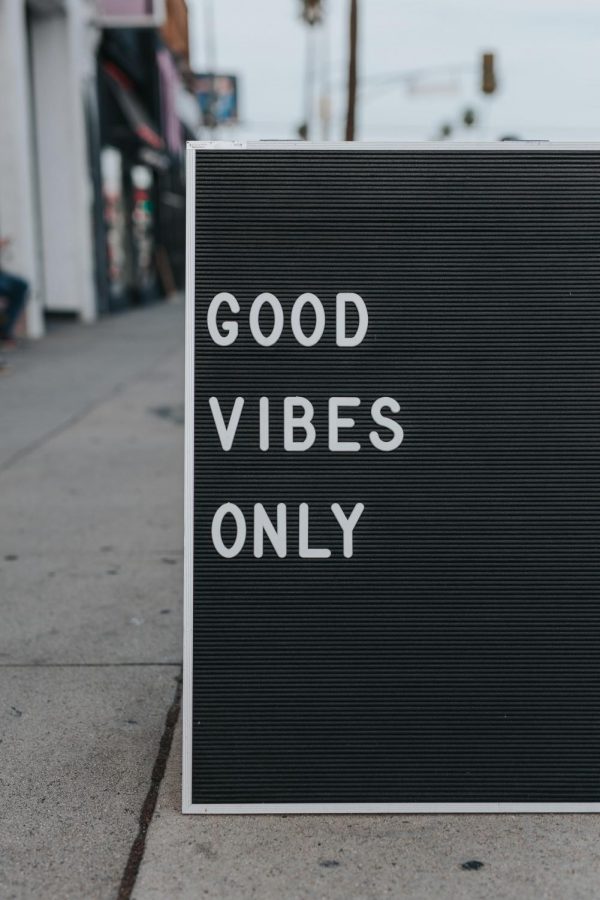Lessons from a not-quite masterful yogi
Photo by MARK ADRIANE on Unsplash
December 31, 2020
There’s a Buddhist story that starts with an aging master and his apprentice. Weary with age and tired of his apprentice’s complaints, the master sent his apprentice to get a handful of salt. When he returned, the master told him to put the salt in a glass of water, then to taste it.
“How does it taste?” asked the master.
The apprentice replied, “Bitter.”
The master smiled and directed the apprentice to put that handful in the nearby lake. The salt swirled down into the water as the master told the apprentice once again to taste the water.
“How does it taste?”
“Fresh,” replied the apprentice.
“Do you taste the salt?”
“No.”
The master sat beside his apprentice and explained softly, “The pain of life is pure salt; no more, no less. The amount of pain in life remains exactly the same. However, the amount of bitterness we taste depends on the container we put the pain in. So when you are in pain, the only thing you can do is to enlarge your sense of things. Stop being a glass. Become a lake.”
This morning as I settled into my yoga mat at the end of my practice, my instructor told this tale, her yearly tradition to bring the new year in. As I reflected on the story, I realized that my practice has taught me many lessons throughout the year, so I am going to share them with you.
- There is always the option for love.
In poses, there is almost always the option to make the pose that is known as a “heart opener.” This is when you move so that you can breathe easier. Sometimes it’s just twisting to the side, and other times it is shifting your shoulders to allow your chest cavity to open up. No matter how twisted up my body is, I know there is always the option to breathe and open my heart. Much like real life where situations can get twisted and tricky to navigate, these moments allow me to decide if I want to choose to open my heart, allowing for kindness and compassion.
- Balance is key.
Yoga is hard. Most people don’t tell you this, but you don’t just hop on the mat and master it on the first try. You might not even be confident until the hundredth time. Yoga can be a mix of breathing, endurance, balance and mindfulness, all based on the practice you choose. The hardest part is pushing your thoughts aside and focusing on a pose long enough to strengthen it and allow it to sustain you. This is done through balance. Any issues you have, you must choose to accept them in that moment in order to balance and focus on keeping yourself upright. This works both in yoga and everyday life. Especially in the pandemic, there are many things we cannot control, but we can control how we balance ourselves. It takes practice and focus, but once learned, it’s the key to almost everything.
- Modifications are not failures.
Frustration and self-deprecating thoughts can creep in when we aren’t able to do something the way we wanted to. I have a heart defect that often causes me to have to take breaks during the very active parts of class. At these times, I find myself in child’s pose while my fellow classmates are working through a tough flow. It doesn’t mean I’m not worthy of the practice or that I failed, though. It means I recognized that I needed to take a moment for myself. The same is true for modifications to make a pose easier. Taking a modified pose doesn’t mean you are taking the easy way out, though. It means you know that taking the actual pose would do more harm than good. If you weren’t able to do as much as you wanted to this year, that does not mean you failed. This is a hard time, and knowing your limits is much more beneficial than pushing yourself. Going into the new year, I hope to continue this mindset, allowing myself acceptance and compassion instead of ridicule.
Just like the apprentice, this is a time of learning for us. Use your time wisely as you continue into the new year and stay healthy both in your mind and body. Namaste.
CHLOE FORBES






